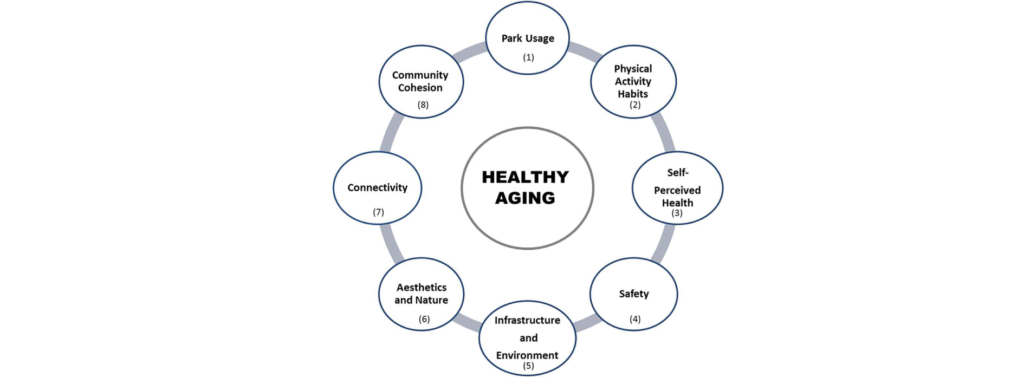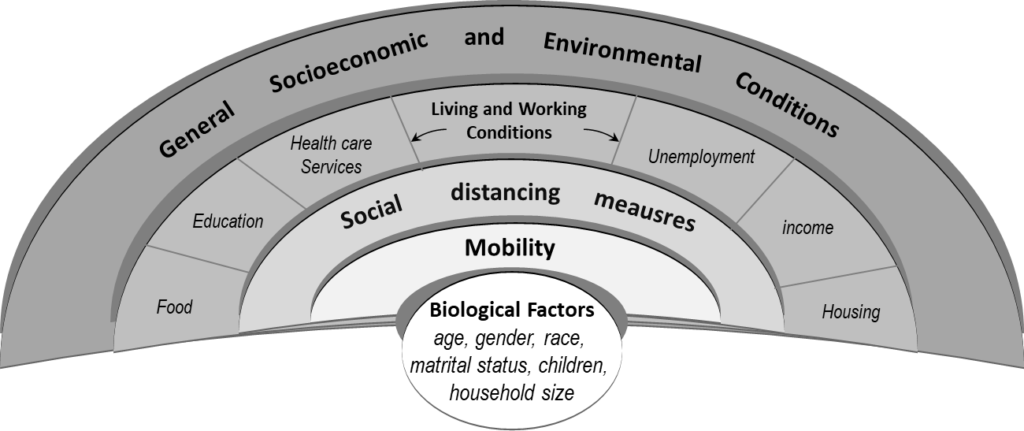
Target audience
Urban planners, policy-makers and public health practitioners.
The problem
In response to concerns over social isolation and loneliness in cities—which intensified in the wake of COVID-19; promoting social connectedness came to the forefront of urban health agendas worldwide. Despite this policy attention, social connectedness is not consistently defined or measured in urban health research. Hence, inconsistencies create confusion for planners and policy makers looking for evidence-informed guidance on how to understand, monitor, and intervene on social connectedness.
What we did and why
Clarifying social connectedness for urban health research and policy is crucial to interpreting and advancing evidence on its role in the development of healthy cities.
With this purpose in mind, we set out to delineate the concept of social connectedness, including its meaning, measurement, and relationship to neighbourhoods and health. Our approach draws from the latest public health and urban planning research, along with a selection of older influential works.
Our study’s contribution
This paper synthesizes a vast body of evidence on social connectedness into a useful conceptual primer for urban health researchers, planners, and policymakers. It presents:
a pragmatic framework of key definitions and metrics for operationalizing social connectedness,
an adapted model for exploring potential pathways between neighbourhood environments, social connectedness, and health,
Impacts for city policy and practice
With more consistent and comprehensive measurement in place, population health and urban planning research can advance evidence on the link between urban environments, social connectedness, and health; in turn helping cities to identify and scale effective interventions.
Our primer supports this work, while offering a vocabulary and set of metrics for social connectedness that city planners and policymakers can use to inform ongoing policy dialogue, action, and evaluation in their cities.
Further information
Interventions, Research, and Action in Cities Team (INTERACT): A pan-Canadian collaboration of scientists, urban planners, public health practitioners and community partners uncovering the impact of urban changes on health and equity.
Full research article:
Situating social connectedness in healthy cities: a conceptual primer for research and policy by Meridith Sones (@merisones), Caislin L. Firth, Daniel Fuller, Meg Holden, Yan Kestens and Meghan Winters.
Related posts

Our Jerusalem Railway Park study addressed the needs of those aged 55 in disparate communities, with long-term implications for physical and mental health, and community

The psychological impact of social distancing order during the COVID-19 pandemic can be determined by combining the effects of both individual and community capacities. This study supports the need to improve the physical environment to implement more sustainable health policies in different communities and cities across the world.

Health arguments are rarely used to justify urban policies in Latin America. A new urban health study suggests we can and should do better connecting